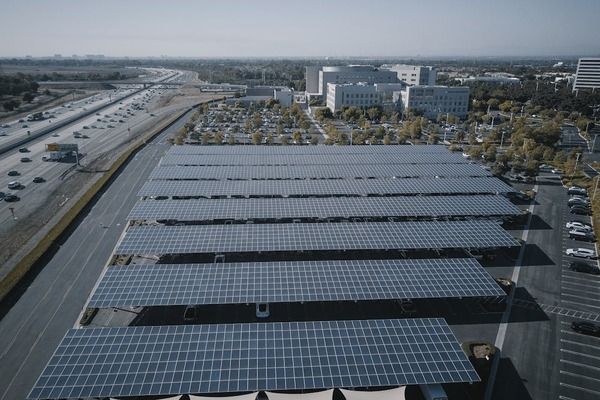Ministry of Electricity, Water and Renewable Energy, Kuwait is reviewing a plan to build four solar power plants. These projects would have a combined capacity of 2,000 megawatts. They are being considered to help manage the country’s ongoing power shortages.
The plan is under evaluation and, if approved, would be implemented by summer 2026. According to officials in the ministry, solar projects can be completed faster than fossil-fuel power plants. A solar project can take about one year, while fossil-fuel plants may take three to four years, not including the time needed for contract procedures.
Kuwait aims to generate 15% of its electricity from renewable sources by 2030. These new plants could help move closer to that target.
The ministry has not yet confirmed the exact locations of the proposed solar plants. It is expected that the project will be split across different areas to balance the electricity load on the grid. Final decisions will depend on grid capacity and land availability.
In addition to the proposed 2,000 MW initiative, other smaller renewable energy efforts are taking place in Kuwait. For example, the Ministry of Education has launched a rooftop solar pilot project at 12 public schools in Al Jahra and Hawalli. Each school has received a solar system with a capacity between 30 and 50 kilowatts. These systems are being used to reduce energy bills and test solar generation in educational buildings.
Separately, the Kuwait Institute for Scientific Research is operating a solar desalination pilot plant in Shuwaikh. The plant has a small output but demonstrates how solar energy can be used in water treatment. It uses thermal solar collectors to support freshwater production and is being used for research.
Kuwait’s largest existing renewable facility is the Shagaya Renewable Energy Park. Phase I of the park includes a 50 MW concentrated solar power plant, a 10 MW wind farm, and a 10 MW photovoltaic plant. The site was opened in 2019.


